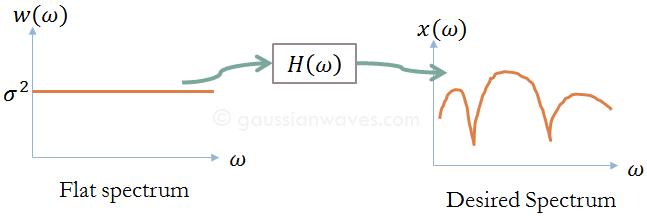Multipath channel models: scattering function
Understand various characteristics of a wireless channel through multipath channel models. Discuss Wide Sense Stationary channel, uncorrelated scattering channel, wide sense stationary uncorrelated scattering channel models and scattering function. Introduction Wireless channel is of time-varying nature in which the parameters randomly change with respect to time. Wireless channel is very harsh when compared to AWGN … Read more

